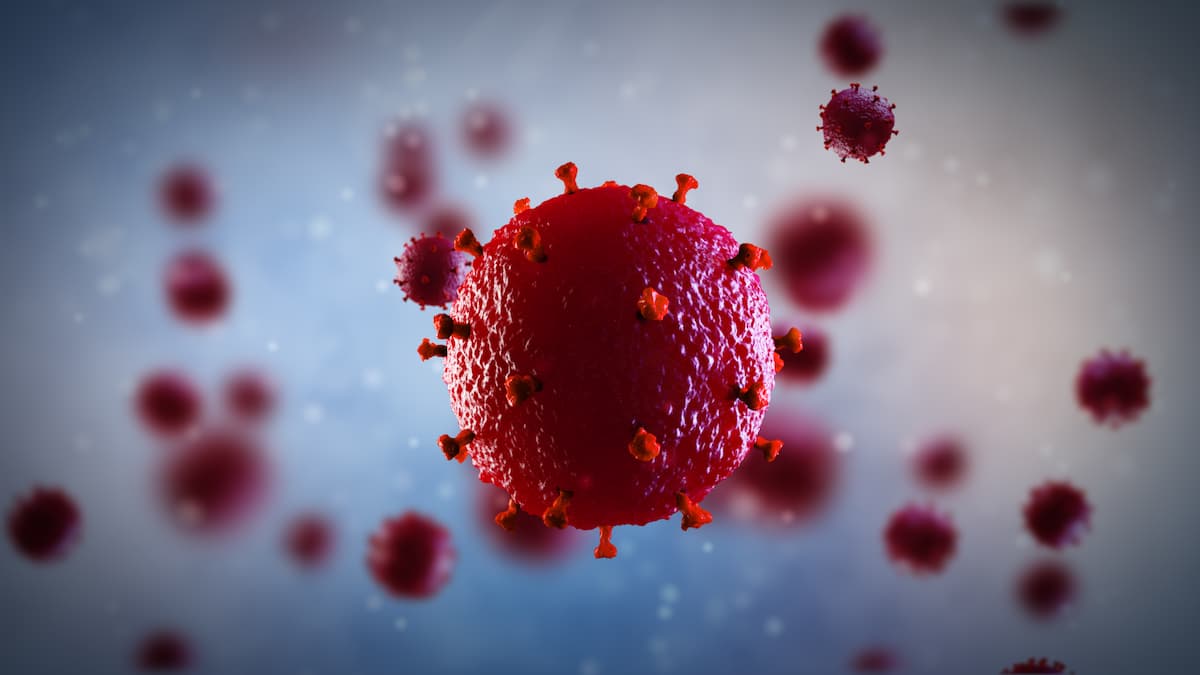Substantial Drop in HIV Testing among Key Groups during First Year of COVID-19, New CDC Data Reveals
New data showed a sharp drop in HIV tests administered in health care and non-health care settings from 2019 to 2020—primarily among persons disproportionately affected by HIV.
©artegorov3@gmail/AdobeStock

New data showed a substantial decrease in Centers for Disease Control and Prevention (CDC)-funded HIV tests administered in health care and non-health care settings from 2019 to 2020—primarily among groups disproportionately affected by HIV.
“HIV testing is the first step in accessing HIV prevention and care services. The COVID-19 pandemic disrupted health care delivery and might have affected HIV testing, which is critical to ending the HIV epidemic in the United States,” wrote Elizabeth DiNenno, PhD, senior advisor in the CDC’s Division of HIV Prevention, and colleagues in the current issue of Morbidity and Mortality Weekly Report.
DiNenno and colleagues analyzed data from 4 national data collection systems to assess the numbers of HIV tests performed and HIV infections diagnosed in the US in the year before (2019) and during the first year of the COVID-19 pandemic (2020).
Investigators found that, overall, the number of HIV diagnoses reported to the CDC decreased by 17% in 2020 compared with 2019, and the number of CDC-funded HIV tests administered in health care and non-health care settings declined 42.6% and 49.5%, respectively.
In addition, the analysis revealed significant absolutereductions in HIV tests specifically reported in non-health care settings among populations disproportionately affected by HIV between 2019 and 2020, including gay and bisexual men (49.2%), transgender persons (47.3%), Hispanic and Latino persons (46.3%), and Black persons (44.1%).
“We welcomed 2020 with optimism. New HIV infections were declining, and attention to HIV was increasing,” said Jonathan Mermin, MD, MPH, director of CDC’s National Center for HIV, Viral Hepatitis, STD, and TB Prevention, in a statement. “But just as COVID-19 disrupted our lives, it changed the course of HIV prevention. Now we are at a crossroads. Will we accept the massive reductions in HIV testing, or will we bounce back stronger?”
DiNenno et al noted limitations to the study, including the fact that it cannot be determined whether decreases in the number of reported HIV tests and new HIV diagnoses resulted from reduced access to testing services and laboratory materials, declines in sexual behaviors that would make testing unnecessary, reductions in overall HIV incidence, or a combination. Also, these findings are not a comprehensive estimate of HIV testing and self-testing results were not included.
“Partnering among federal organizations, state, and local health departments, community-based organizations, and health care systems to increase access to services, including HIV self-testing and routine opt-out screening in health care settings, can compensate for testing and diagnoses missed during the COVID-19 pandemic and accelerate the Ending the HIV Epidemic initiative,” concluded authors.